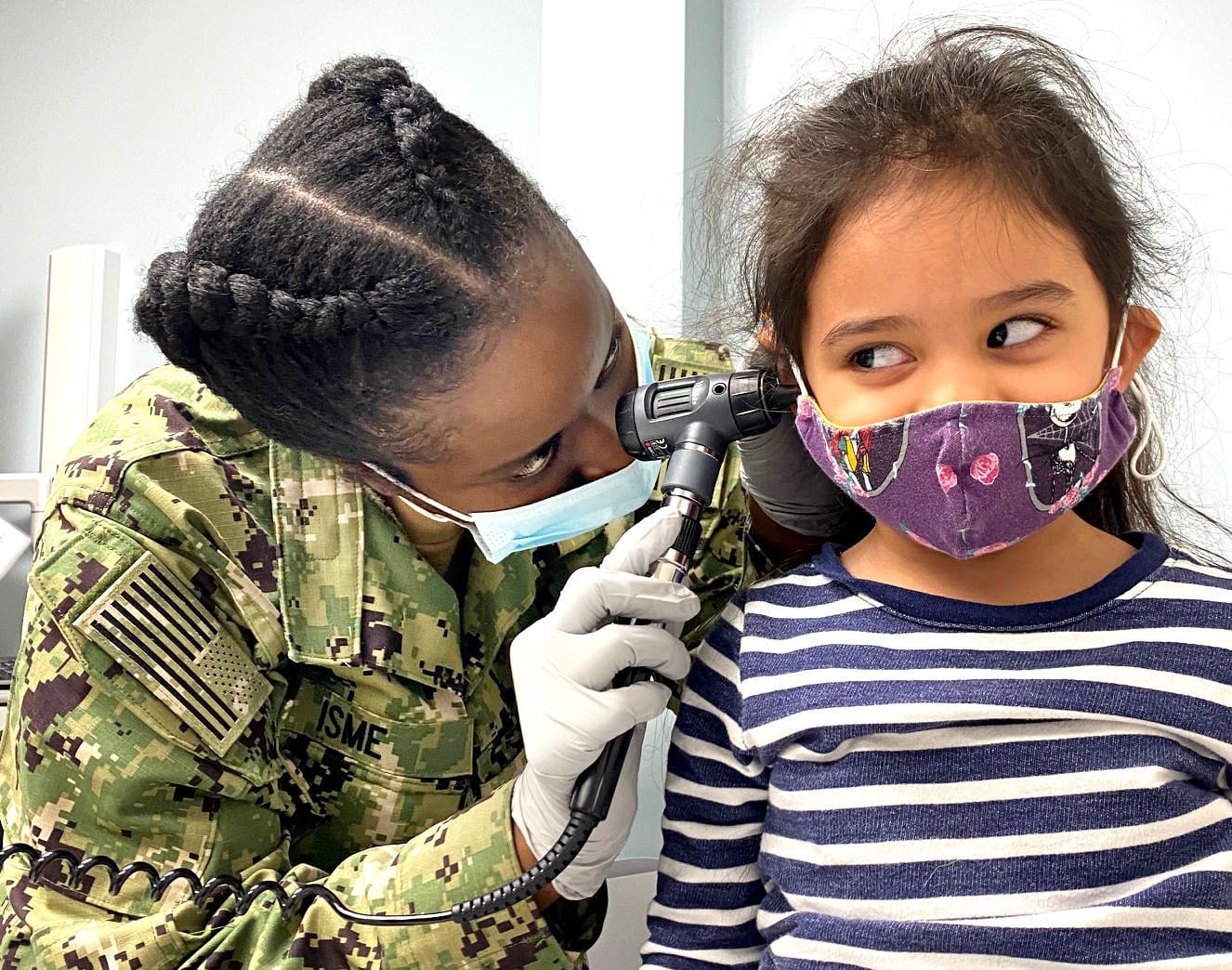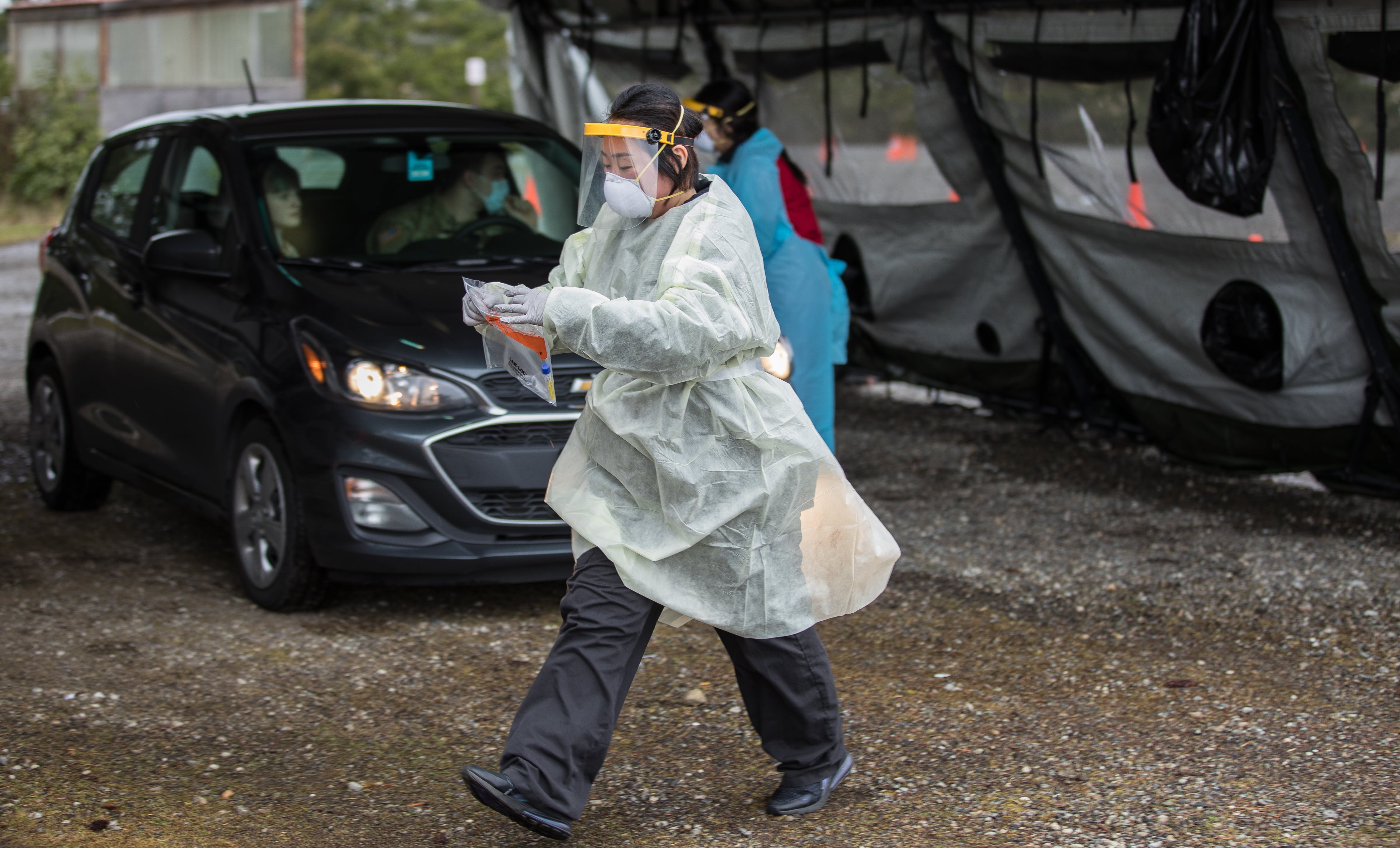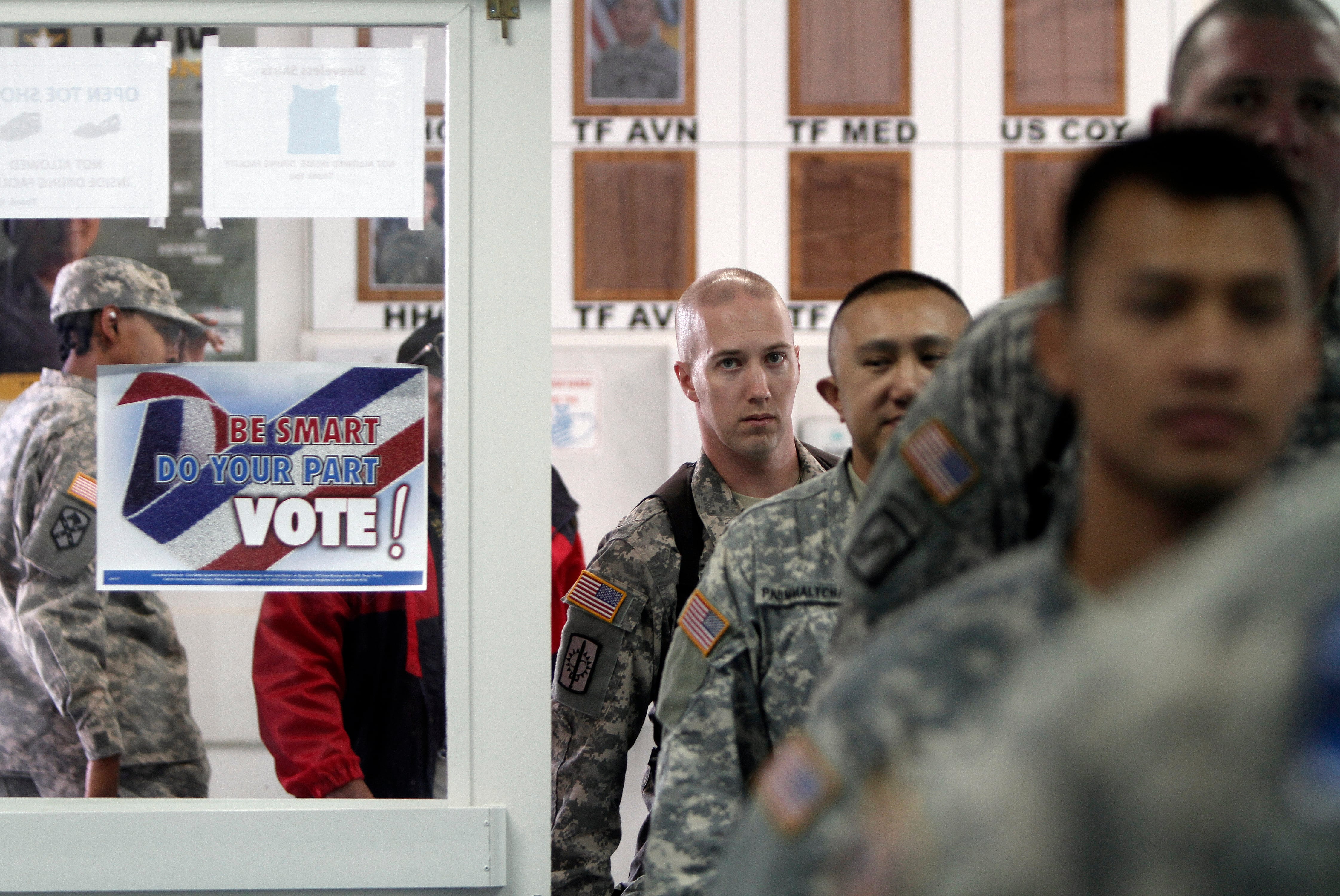Pentagon officials said they will look to increase pay for health care workers, especially nurses, to boost hiring after a watchdog report detailed widespread understaffing at military hospitals and clinics during the pandemic.
Ashish Vazirani, acting Under Secretary of Defense for personnel and readiness, said in a May 28 report that other federal agencies paid entry-level nurses “substantially more,” and that his office is working in conjunction with others to add and update special salary rates to attract and retain employees at medical facilities. It’s using the Department of Veterans Affairs as a model.
“The agency is fully engaged and postured to continue to maintain or achieve pay parity with the VA and receive competitive special salary rates that align with current market pay,” the office said in its response to the inspector general report.
The COVID-19 pandemic, which at its height saw a 150,000 weekly hospitalization rate in the U.S., severely disrupted the federal health care sector. The Bureau of Prisons, Veterans Health Administration and Medicare- and Medicaid-operated nursing homes were understaffed during the pandemic, federal data shows.
While it’s unlikely anything could’ve prepared the federal government for such an emergency, the Pentagon had been experiencing medical personnel shortages even before the coronavirus spread in 2020. As of last year, inspector general identified at least 6,000 vacant civilian positions in its sample of medical facilities, with nearly a third operating at 30% vacant or more.
Officials blamed the shortage on an inability to set competitive pay and other instances of bureaucratic red tape slowing down onboarding for health care workers. Shortages were particularly acute at medical centers serving metro areas, where pay lagged even more given the higher costs of living and incomparable private sector rates.
Workers became burned out, with some working 80 to 100 hours per week. Others couldn’t get access to bases that had the resources they needed. For service members, the effects of understaffing led to a decrease in preventative screenings and care, and delays in deployments because mandatory COVID-19 tests couldn’t be processed quickly enough.
“Service members left the military because of their experiences during the COVID‑19 pandemic, such as continued expectations of filling in for callouts and working overtime,” according to the report.
RELATED

One unnamed official interviewed cited a delay in diagnosis and treatment for a tumor of a pediatric patient because a majority of the available doctors were deployed elsewhere for pandemic response. Another gave an example of a patient who died by suicide three days after visiting the emergency department, where psychiatrists were not able to evaluate patients in person due to pandemic protocols, low staffing and “task saturation.”
“... A senior enlisted leader at another [medical treatment facility] stated that their health care personnel were exhausted from the extra work caused by personnel shortages, and they were worried that it was only a matter of time before a provider would ‘miss something,’” according to the report.
Madigan Army Medical Center at on Joint Base Lewis-McChord logged the highest vacancy rate at 38%. Close behind was the 88th Medical Group at Wright-Patterson Air Force Base at 36% and the 51st Medical Group at Osan Air Base at about a third.
So far, DoD has leveraged Title 38 pay flexibilities for physicians and dentists, but not for nurses. But a separate report submitted to Congress in 2023 notes that registered nurses and licensed practical nurses are most likely to leave the Defense Department in search of other work. They also account for about 46% of the overall Defense Health Agency workforce.
With approval from the federal government’s HR office, these authorities that adjust the usual pay rules can allow agencies to offer more money for certain positions that are either hard to fill or in demand. However, the usefulness of that is somewhat dampened by the complexities and limitations involved with implementing them, officials said.
Agencies have to grapple with available funding, collective bargaining and pay caps when adjusting pay rates that can limit the range of effectiveness of these authorities even once they’re granted. Some medical treatment facilities were able to attract nurses with a special salary rate, but that was not uniform across all areas. Some centers were advised to consider alternatives before requesting a special rate, according to internal guidance.
In any case, officials said in the report that it stood up a tiger team last year to reevaluate pay.
Molly Weisner is a staff reporter for Federal Times where she covers labor, policy and contracting pertaining to the government workforce. She made previous stops at USA Today and McClatchy as a digital producer, and worked at The New York Times as a copy editor. Molly majored in journalism at the University of North Carolina at Chapel Hill.




